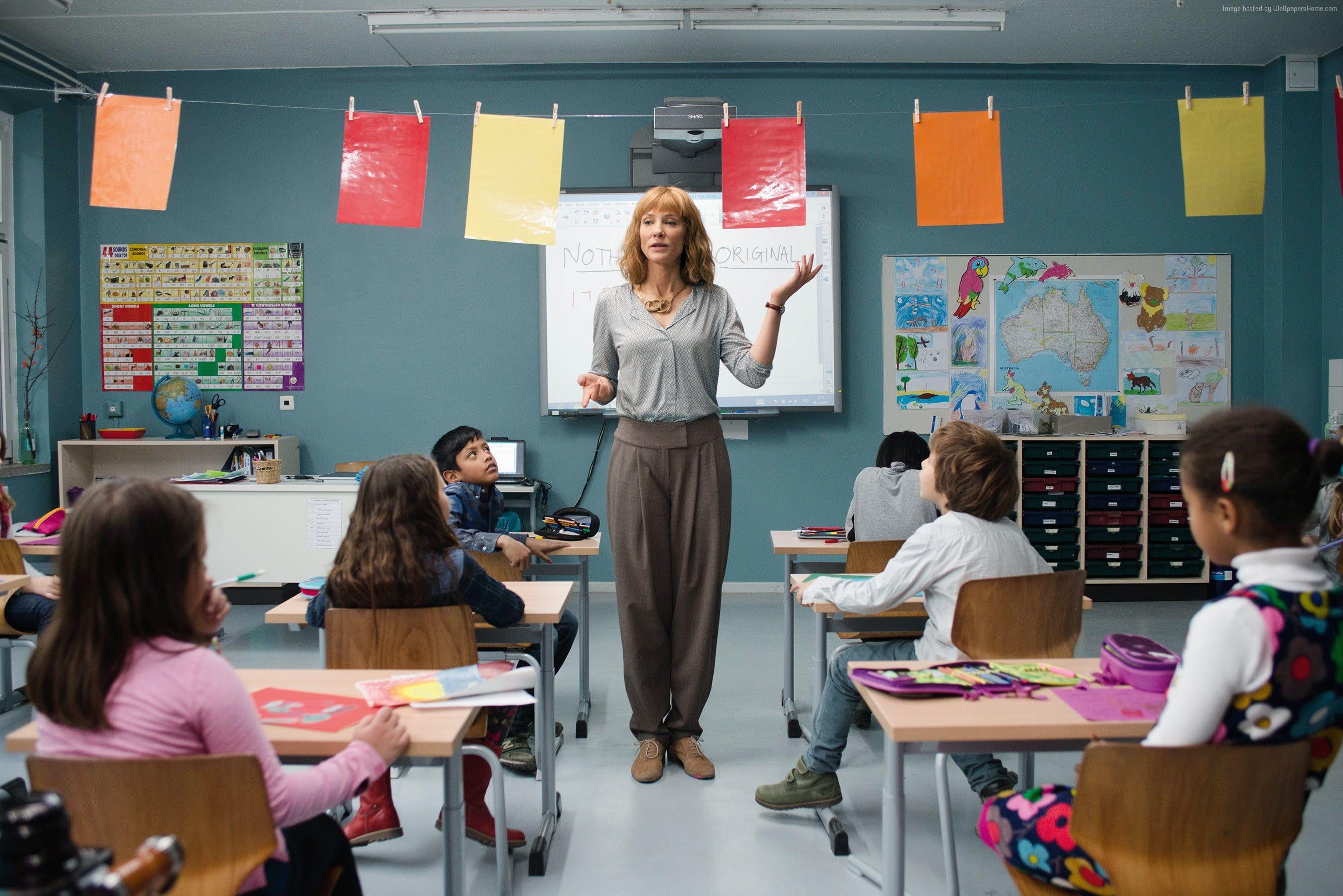
Unearthing Truths: The Imperative of Authentic Native American History Resources in Education
For too long, the narrative of Native American history in American classrooms has been akin to a faded, incomplete photograph – often relegated to a single, superficial chapter or a two-week unit around Thanksgiving. It’s a story frequently told from a singular, Eurocentric perspective, perpetuating harmful stereotypes, erasing vibrant cultures, and obscuring the profound and continuous impact of Indigenous peoples on the very fabric of the nation. Yet, a growing chorus of educators, historians, and Native American communities is demanding a seismic shift, advocating for the integration of authentic, comprehensive, and Native-informed teaching resources. This is not merely an academic exercise; it is a critical step towards a more just, accurate, and complete understanding of American history and identity.
The current state of affairs is stark. A 2019 report by the Reclaiming Native Truth project, a major public opinion research effort, found that 78% of Americans feel they know little to nothing about Native Americans. This widespread ignorance is a direct consequence of inadequate education. Textbooks frequently depict Native peoples as a monolithic group, frozen in the past, or as obstacles to "progress." The rich diversity of hundreds of distinct nations, languages, and traditions is flattened into a caricature. Pre-contact histories, which span millennia of sophisticated societies, complex governance, and innovative technologies, are often overlooked entirely, replaced by the arrival of Europeans as the beginning of recorded history.
"The greatest challenge we face is not just correcting misinformation, but filling in the vast chasms of missing information," explains Dr. Anton Treuer (Ojibwe), a professor of Ojibwe at Bemidji State University and author of numerous books on Indigenous history. "Students often emerge from school thinking Native people vanished after the Wounded Knee Massacre, or that our history begins and ends with contact. They miss the enduring presence, the cultural resilience, and the ongoing struggles for sovereignty and self-determination."
This absence has profound consequences. It denies Native American students the affirmation of their heritage and perpetuates damaging stereotypes that fuel discrimination. For non-Native students, it fosters a skewed perception of history, hindering their ability to engage in critical thinking about colonialism, power dynamics, and social justice. It also prevents a true appreciation of the foundational contributions Native Americans have made to American democracy, environmental stewardship, medicine, and countless other fields. The United States, after all, is built on Indigenous lands, and its legal framework, particularly concerning treaties, is deeply intertwined with its relationship to Native nations.
The good news is that a wealth of high-quality, culturally responsive teaching resources now exists, offering educators the tools to transcend the outdated narratives. The challenge lies in identifying, accessing, and effectively integrating these materials into the curriculum.

One of the most invaluable resources is the National Museum of the American Indian (NMAI), part of the Smithsonian Institution. Its "Native Knowledge 360° (NK360°)" initiative provides educators with free online resources that include lesson plans, videos, primary sources, and interactives designed to promote a more accurate and nuanced understanding of Native American history and cultures. NK360° emphasizes that Native Americans are contemporary peoples with vibrant cultures and addresses crucial topics like tribal sovereignty, treaty rights, and environmental connections. For instance, their unit on "Rethinking Thanksgiving" offers perspectives from the Wampanoag Nation, challenging the popular myth and providing a more historically accurate account of the 1621 encounter.
Beyond the NMAI, numerous other organizations are dedicated to this educational mission:
- The Zinn Education Project, inspired by historian Howard Zinn’s "A People’s History of the United States," offers "Rethinking Columbus" and other lesson plans that critically examine the myths surrounding European colonization and highlight Indigenous resistance. Their materials are particularly strong in providing primary source documents from Native perspectives.
- IllumiNative, a Native-led non-profit, focuses on increasing the visibility of Native peoples and combating negative stereotypes. While not solely an educational resource, their reports, campaigns, and media content provide valuable context and contemporary perspectives that can inform classroom discussions.
- Tribal websites and cultural centers are often treasure troves of information. Many of the 574 federally recognized tribes (and many more state-recognized or unrecognized tribes) maintain extensive online archives, historical narratives, language resources, and cultural programming. Engaging with local tribal communities, when possible and appropriate, can offer unparalleled learning opportunities, including guest speakers and field trips.
- Academic works and non-fiction books by Native authors and scholars are essential. Books like Roxanne Dunbar-Ortiz’s "An Indigenous Peoples’ History of the United States," David Treuer’s "The Heartbeat of Wounded Knee: Native America from 1890 to the Present," and Charles C. Mann’s "1491: New Revelations of the Americas Before Columbus" offer profound insights and challenge long-held assumptions. These are not merely supplementary texts but foundational works for understanding the continent’s history.
- Children’s and Young Adult Literature: A growing body of literature by Native authors, such as "An Indigenous Peoples’ History of the United States for Young People" by Roxanne Dunbar-Ortiz, adapted by Jean Mendoza and Debbie Reese (Nambé Pueblo), or Cynthia Leitich Smith’s (Muscogee Nation) "Hearts Unbroken," offers age-appropriate narratives that center Native voices and experiences. Websites like Debbie Reese’s "American Indians in Children’s Literature (AICL)" provide invaluable reviews and recommendations, helping educators identify authentic and avoid problematic texts.

Integrating these resources effectively requires more than just adding them to a reading list. It demands a pedagogical shift. Educators need to:
- Prioritize Native Voices: Actively seek out and center materials created by Native American scholars, artists, and community members. This ensures authenticity and combats the historical erasure of Indigenous perspectives.
- Teach for Nuance and Complexity: Avoid generalizations. Emphasize the vast diversity among Native nations, their unique histories, languages, spiritual beliefs, and political structures. Teach that Native history is not monolithic or static.
- Address the Full Scope of History: Move beyond the "contact" narrative. Explore pre-colonial civilizations, the complexities of tribal diplomacy, the impact of treaties (and their frequent violation), the Dawes Act, forced assimilation through boarding schools, the Indian Reorganization Act, the Red Power movement, and contemporary issues like environmental justice, tribal sovereignty, and cultural revitalization.
- Connect to Contemporary Issues: Help students understand that Native American history is not confined to the past. Explore current events, political movements, and cultural expressions that demonstrate the enduring presence and resilience of Indigenous peoples. Discuss the ongoing impact of historical policies on present-day challenges and triumphs.
- Engage in Ongoing Professional Development: Many educators lack formal training in Native American history. Workshops, webinars, and courses offered by institutions like the NMAI, local universities, or tribal education departments are crucial for building confidence and content knowledge.
- Foster Critical Media Literacy: Teach students to critically evaluate how Native Americans are portrayed in media, literature, and popular culture, identifying stereotypes and advocating for accurate representation.
The journey toward a more accurate and inclusive education in Native American history is not without its challenges. Time constraints, curriculum mandates, and a lack of institutional support can be significant hurdles. Some educators may also feel apprehensive about teaching topics they perceive as sensitive or outside their expertise. However, the ethical imperative to provide a truthful and complete education far outweighs these difficulties.
As Dr. Adrienne Keene (Cherokee), a scholar and author of the popular "Native Appropriations" blog, often emphasizes, "Teaching Native history isn’t just about the past; it’s about understanding the present and shaping a more just future." By embracing the wealth of authentic teaching resources available and committing to ongoing learning, educators can empower students to grapple with the complexities of American history, cultivate empathy, and recognize the enduring strength and contributions of Native American peoples. This is how we move beyond the faded photograph and bring the full, vibrant story of this continent into sharp, truthful focus.

